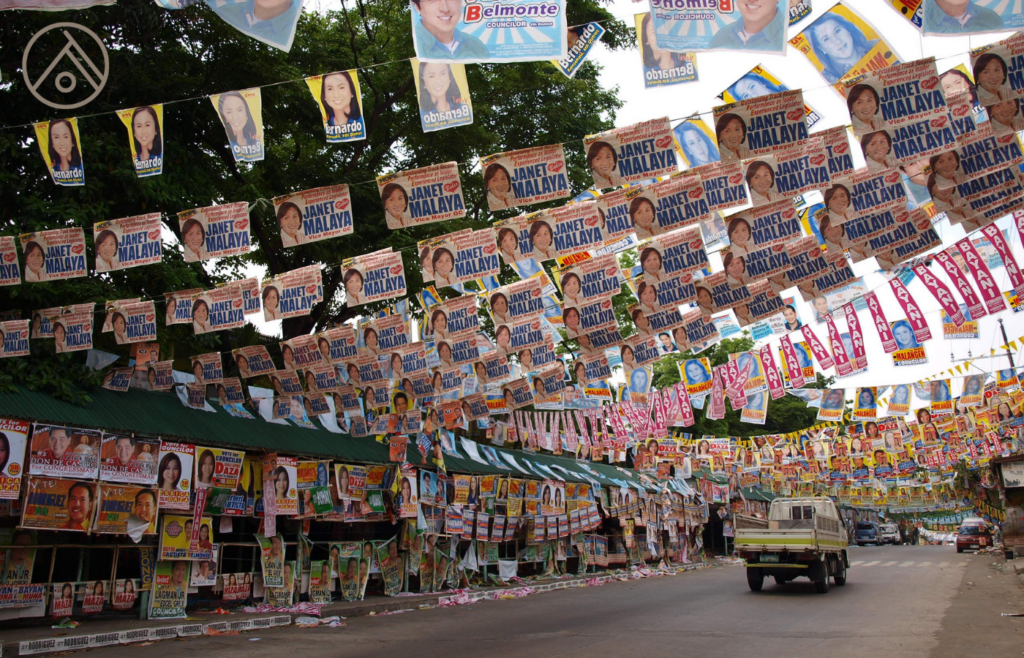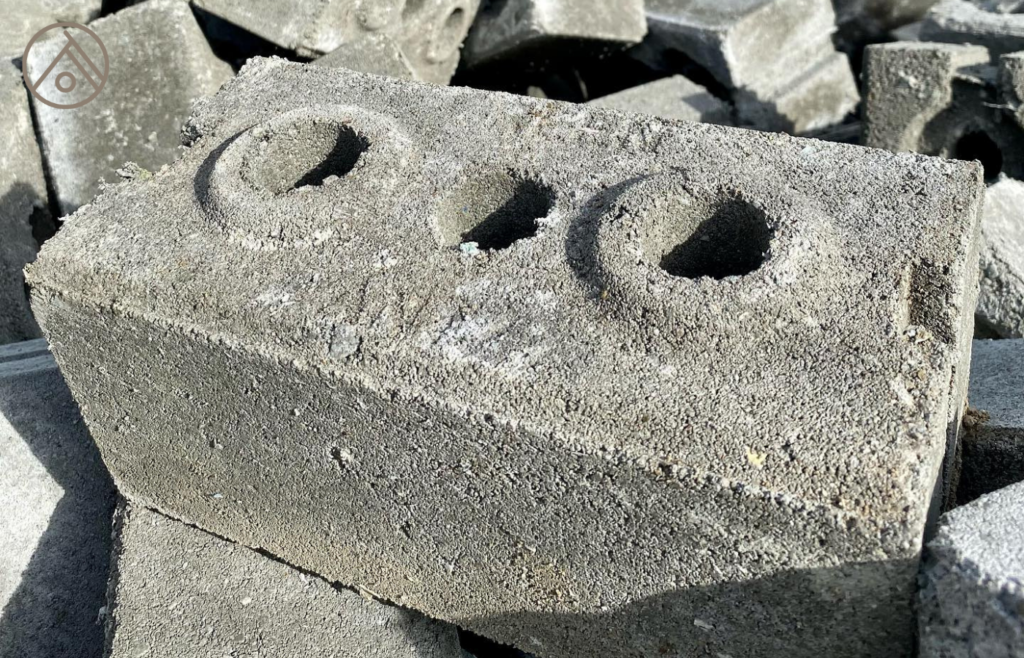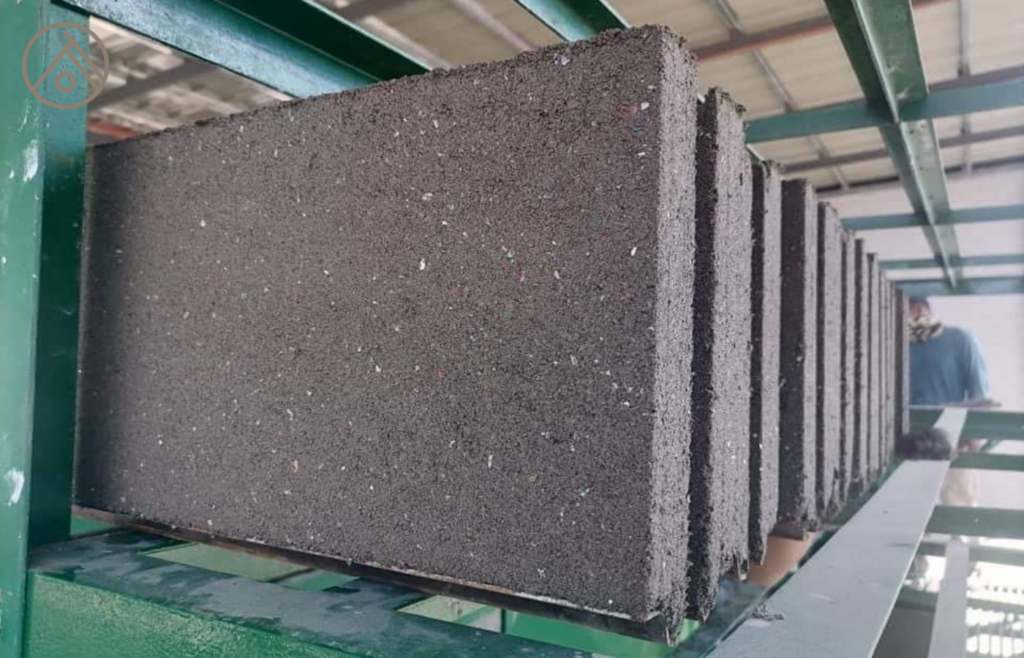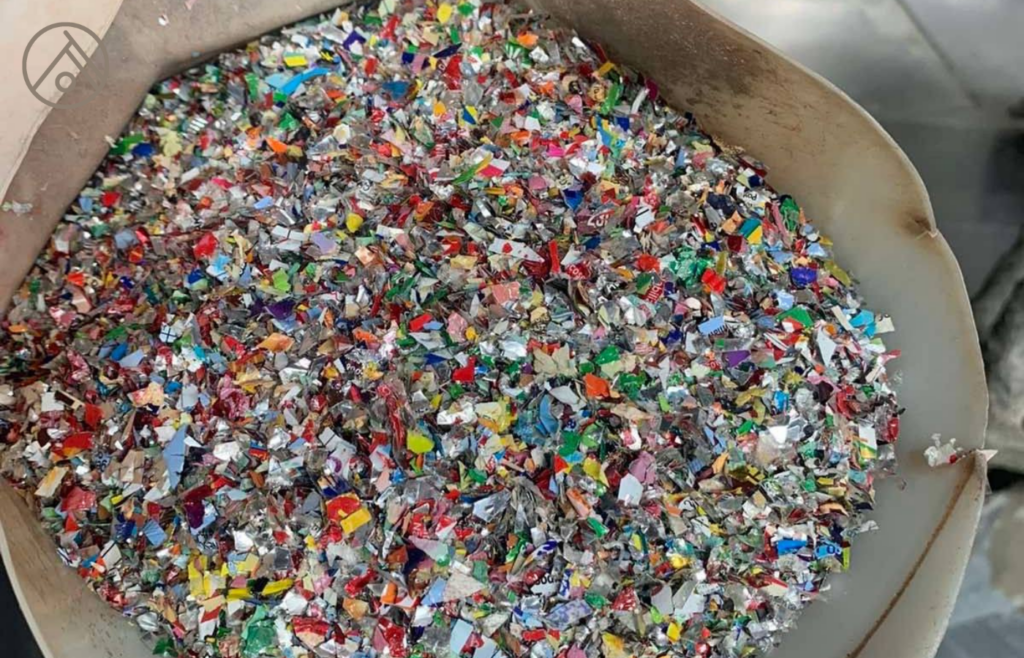Every three years, the Philippines transforms into a vibrant canvas of political slogans, smiling candidate portraits, and bold-coloured banners. While campaign posters play a crucial role in democratic participation, they often become an environmental burden once election day ends. In 2025, as the dust settles from another national vote, the country is once again faced with the question: What should we do with all this plastic?
The answer lies in sustainable, community-driven, and circular approaches to waste management, where campaign materials aren’t dumped or burned but transformed into something useful. From eco-bags to eco-bricks, the future of election waste doesn’t have to be wasteful at all.
Today, we’ll explore how the Philippines can responsibly process and recycle campaign materials from the 2025 elections, highlight innovative examples from across the country, and show how groups like Green Antz Builders are already leading the charge toward cleaner, greener solutions.
The Post-Election Waste Problem in the Philippines

Each election season, the Philippines generates tens of thousands of tonnes of campaign paraphernalia, mostly composed of tarpaulin, plastic sheets, PVC banners, and other non-biodegradable materials.
According to a report by local media outlet ABS-CBN, around 20 tonnes of campaign waste are collected daily during peak campaign periods in Metro Manila alone. This surge of plastic waste ends up clogging drainage systems, littering communities, and overwhelming landfills.
Traditional disposal methods – like burning or dumping – pose serious risks:
- Open burning releases toxic chemicals like dioxins and furans.
- Dumping in landfills leads to long-term plastic pollution and leaching into soil and waterways.
- Neglect results in visual blight, blocked waterways, and community frustration.
But there’s a better way.
1. Upcycling Campaign Posters into Eco-Bags and Book Covers
One of the most effective ways to handle election materials is upcycling – reusing waste in creative ways to extend its life and reduce environmental impact.
Tarpaulin to Tote Bags
Thick campaign tarpaulins are durable, water-resistant, and easy to clean, making them perfect for conversion into reusable items like:
- Eco-bags
- Pouches
- Tote bags
- Laundry hampers
Organisations in the Philippines have long partnered with community groups and women’s cooperatives to collect and transform campaign tarps into everyday essentials. These projects not only reduce waste but also provide:
- Alternative livelihood
- Crafting skills training
- Community income through product sales
Book Covers and School Supplies
Other upcycling initiatives turn thin posters into:
- Notebook and textbook covers
- School folders
- DIY bookmarks
In schools across Luzon and Visayas, teachers and students often repurpose posters as part of environmental education programmes, reinforcing the value of reusing materials rather than discarding them.
2. Shredding and Transforming Posters into Eco-Bricks and Hollow Blocks

When campaign posters are too thin, brittle, or contaminated for upcycling, they can still serve a purpose by becoming eco-bricks or hollow blocks used in construction.
How It Works:
- Collection and Sorting: Plastic materials are gathered from households, streets, or campaign offices.
- Shredding: Posters are fed into waste granulators, reducing them into smaller plastic particles.
- Mixing: Shredded plastics are combined with cement, sand, or other binders.
- Moulding: The mixture is compressed into bricks or blocks.
- Curing: The bricks are left to dry and harden for several days.
These bricks are strong, affordable, and more durable than traditional concrete blocks. In fact, eco-bricks can be five to six times stronger than regular sand-cement bricks, making them suitable for:
- Public parks
- School pathways
- Garden pavers
- Low-cost housing projects
3. Green Antz: Pioneering the Circular Economy for Plastic Waste

One of the leading organisations turning plastic waste into opportunity in the Philippines is Green Antz.
Who is Green Antz?
Founded with a mission to rethink waste, Green Antz is a sustainability company that specialises in processing plastic into construction-grade materials. Their network of “eco-hubs” across the country serves as local recycling centres that accept waste from households, businesses, and LGUs.
Green Antz’s Role in Post-Election Recycling
After the 2022 elections, Green Antz worked with local governments and schools to:
- Collect campaign posters and plastics
- Process them into eco-bricks using proprietary technology
- Use the bricks for building school pathways
They’ve also been instrumental in educating communities about sustainable waste management practices and reducing dependency on landfill disposal.
With a proven system in place, Green Antz is poised to play an even bigger role in the post-2025 elections clean-up, providing scalable, economically viable solutions for managing campaign waste.
4. Community-Based Recycling Models: Success Stories from the Ground

Local governments, schools, and youth organisations are also stepping up to take charge of post-election plastic waste.
Ilocos Norte: Students Leading the Charge
In Ilocos Norte, students have partnered with local environmental offices to collect, wash, and dry plastic campaign posters. These are then:
- Upcycled into eco-bags for local use
- Shredded and moulded into eco-bricks for sale to gardeners, farmers, and business owners
This model doesn’t just clean up the streets – it empowers young people to lead real, tangible environmental change in their own communities.
Metro Manila: From Trash to Construction Treasure
After the 2022 elections, a programme in Quezon City collected tonnes of campaign posters and delivered them to recycling hubs, where they were converted into building materials. The goal? To repurpose them into infrastructure like benches, community facilities, and school walkways.
This programme diverted hundreds of kilos of plastic from landfills and incinerators, proving that local governments can play a direct role in circular waste solutions.
5. Why Burning and Dumping Are Not an Option
Despite the creativity of recycling programmes, a large portion of election materials still end up either:
- Burned in backyards, or
- Dumped in open landfills
Both of these methods are highly discouraged for several reasons:
Burning:
- Releases carcinogenic pollutants like dioxins
- Increases the risk of respiratory diseases
- Violates local environmental ordinances
Dumping:
- Adds to growing plastic pollution
- Causes soil and water contamination
- Contributes to urban flooding due to clogged drains
Several non-government organisations (NGOs) and other advocacy groups even urged the Commission on Elections (COMELEC) to strengthen regulations around campaign waste and promote post-election clean-up mandates for candidates and parties.
6. The Case for a National Framework on Election Waste
While local initiatives are promising, the country needs a cohesive national framework that requires:
- Candidates to take responsibility for post-election waste
- LGUs to implement standard recycling and collection protocols
- Stronger partnerships with sustainability companies like Green Antz
- Incentives for schools, barangays, and NGOs leading clean-up and recycling
The 2025 elections present a unique opportunity to formalise and scale up what’s already working at the community level.
7. Moving Forward: How Every Filipino Can Help
Every citizen can play a role in keeping plastic waste out of landfills and waterways – even after elections. Here’s how:
- Separate campaign waste from household trash and deliver them to local recycling centres or eco-hubs.
- Avoid burning posters at all costs.
- Support brands, schools, and LGUs that upcycle or process waste responsibly.
- Spread awareness by encouraging your barangay to host poster collection drives or eco-brick making workshops.
- Vote for candidates who include environmental stewardship in their platforms – and hold them accountable.
Turning Political Waste into Purpose
Campaign posters may be temporary, but their impact on the environment can last for centuries – unless we act.
By turning used election materials into eco-bags, book covers, eco-bricks, and hollow blocks, the Philippines is proving that environmental responsibility doesn’t have to wait until after the votes are counted. The innovation is here. The communities are ready. And with support from organisations like Green Antz, we can transform political waste into building blocks – literally and figuratively – for a cleaner, more sustainable future.
For more news and insights, stay tuned to the AIC website.

